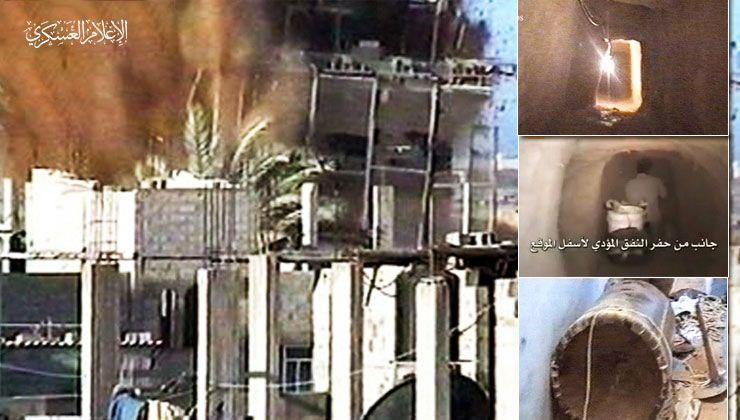
Twenty three years ago, in the midst of the second intifada, the ingenuity of the Al-Qassam Brigades came to the fore, utilizing their sprawling tunnel network to carry out the first operation of its kind.
A tunnel packed with explosives was set of at the IOF’s fortified “Tarmid” site in Rafah, southern Gaza, where enemy soldiers typically cowered behind its walls out of fear of the strikes of the resistance.
Determined Al-Qassam fighters spent weeks digging a 150-meter-long secret tunnel in order to reach the site. On one occasion, fate had them clashing with IOF soldiers, but their concealed tunnel was not discovered. At long last, they had reached the site, planting a large amount of explosives directly below the fortress.
The ensuing explosion reverberated through the grounds, killing five soldiers and wounding 30, destroying the security of the entity and paving the path for their withdrawal from Gaza. The meticulous operation was orchestrated by the martyred leaders Mohammed Abu Shamala, Raed Al-Attar, Aed Al-Bashiti, and Ashraf Al-Mu’asher.
23 years ago and now, the tunnels—or rather, the veins—of the resistance remain a nightmare for the enemy. The vast tunnel network under Gaza Strip spans and area larger than the Gaza Strip itself, comprised of various types of tunnels for different purposes: attack, defense, and administrative.
Despite efforts to eliminate the tunnels, they continue to appear, whether in Jenin Camp in 2023, the Freedom Tunnel out of “Gilboa” prison in 2021, the fighters who heroically stormed “Nahal Oz” in 2014, or in Al-Aqsa Flood.